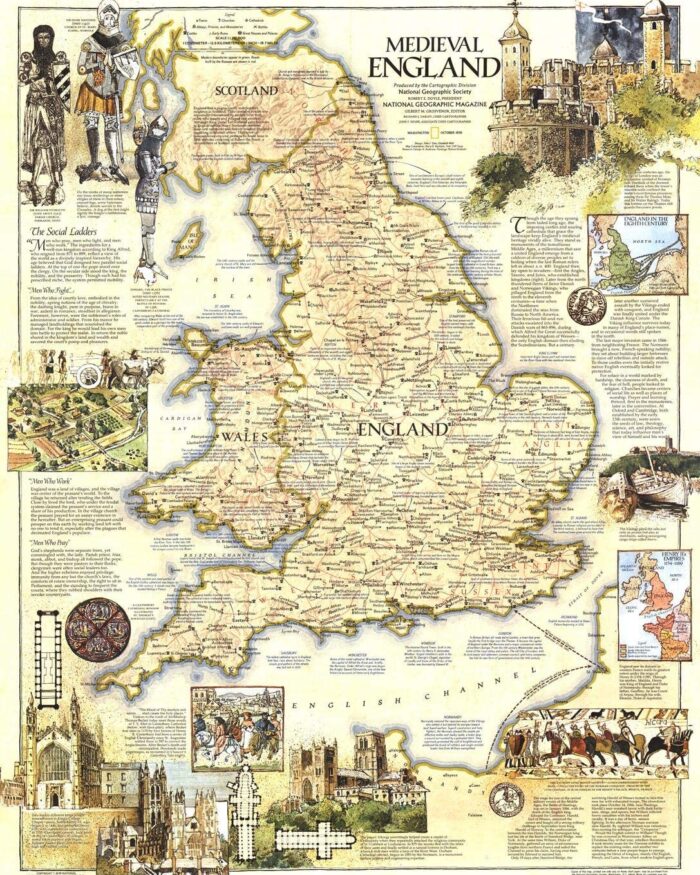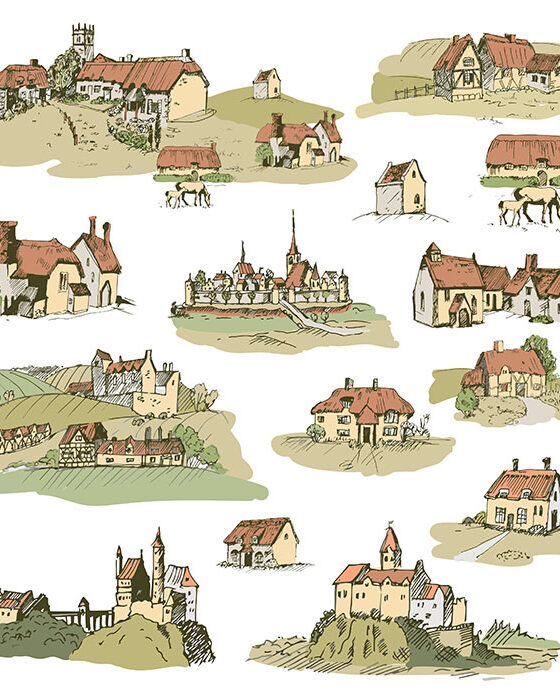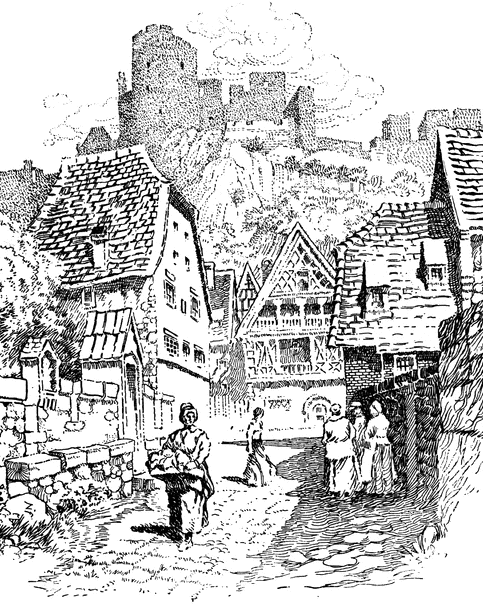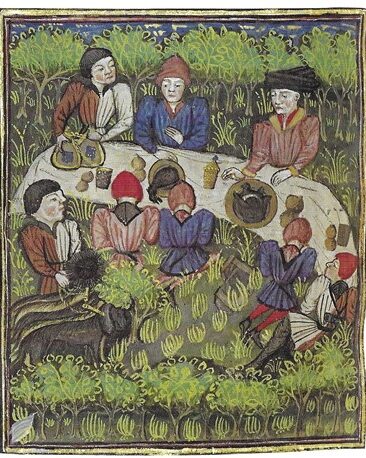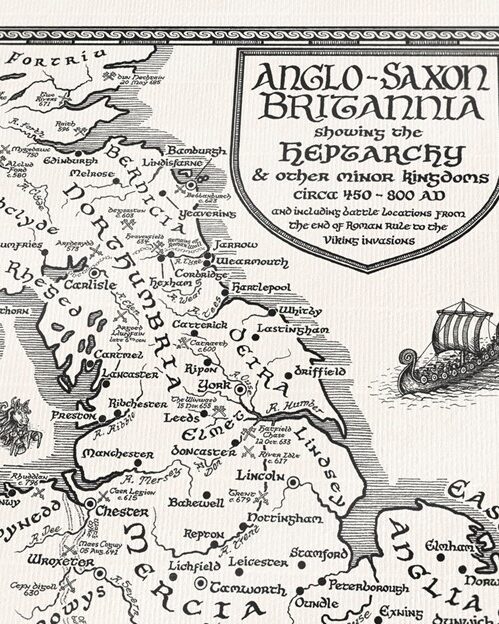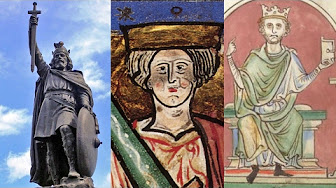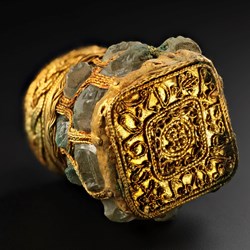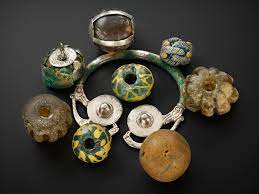If we were to give advice to anyone these days, it would be to question, question, and question again everything you are told. This is especially true now because, thanks to those still searching for answers, we are continually discovering more about our links to the past.
When I studied history in high school and college, the descriptors attributed to Medieval times included: darkness, ignorance, superstition, chaos, and unproduction. Even the use of the word medieval indicates a practice or process that is backward and inefficient. When Baxter first mentioned being interested in those times, I reacted with the false narrative. “That’s a black hole!”
In fact, nothing could be further than the truth. The Medieval era or Middle Ages represents a pivotal time in history. Individuals from other lands flocked to “this blessed plot, this earth, this realm, this England” bringing a range of cultures to the island. Significant archaeological finds, including those discovered at Sutton Hoo, showcase the diversity of English inhabitants and the quality of their craftmanship. The more Baxter and I read, the more we are convinced that this historical period offers lessons applicable to current events and reminds us of beliefs and practices that promoted equal rights and opportunities for all individuals.
Scholars now agree that during this time, Britain emerged as unified and economically and militarily powerful and prosperous. Opportunities awaited hard-working individuals. Master craftsmen fashioned every day and ceremonial objects out of iron, gold, silver, bone, wood, and leather. Technological advances driven by innovation, ingenuity, and Greek and Islamic contributions increased production of exports such as English cloth. Immigrants turned away from the slave society of the ancient Romans and became more and more convinced that this practice was evil and against the law of God. The passage from the Gospel according to St. Matthew was often quoted: “The laborer is worthy of his hire.” Other medieval leaders like Charlemagne, Bishop Agobard of Lyons, Saint Wulfstan, and Saint Anselm all raised their voices and helped to abolish slavery.
It has been highly rewarding to dig down beneath the broad narratives and generalizations and find out more about the thousands of individuals who traveled to and settled in Britain during Medieval times. Our first goal in creating this blog is to share our findings with our readers, to dispel the assumptions and myths we held before doing our research that perhaps readers possess as well. Our second goal is to present information that may lead readers to conclude that no part of history is irrelevant to our modern world. We hope that in reading this blog you will come to agree that, at any time in history, there are lessons from which we can learn and build a better future.
Where to start was our big question as we planned the narrative for our blog. We decided to begin with the rulers in Britain from 400 to 1400 AD. Although these powerful individuals were not the only ones influencing the course of events, the importance of the monarchy was huge during a good part of Britain’s Medieval Ages. Also, the shifts in royalty represented the ever-changing population we wanted to illuminate. Royalty included early Anglo-Saxon kings who were simply chiefs of their tribes, the Wessex Dynasty, House of Denmark, Norman Dynasty, House of Blois, and the Plantagenets. We then separated our narrative into three time periods: Early Medieval years from 400 to 1066 AD, the migration period when a new identity and language emerged, High Medieval years from 1067 to 1272 AD when power was gained through commerce, and Late Medieval years from 1273 to 1400 AD when a middle class became more prominent.
We hope you like our blog as much as we like publishing it!
Kate (and Baxter)

